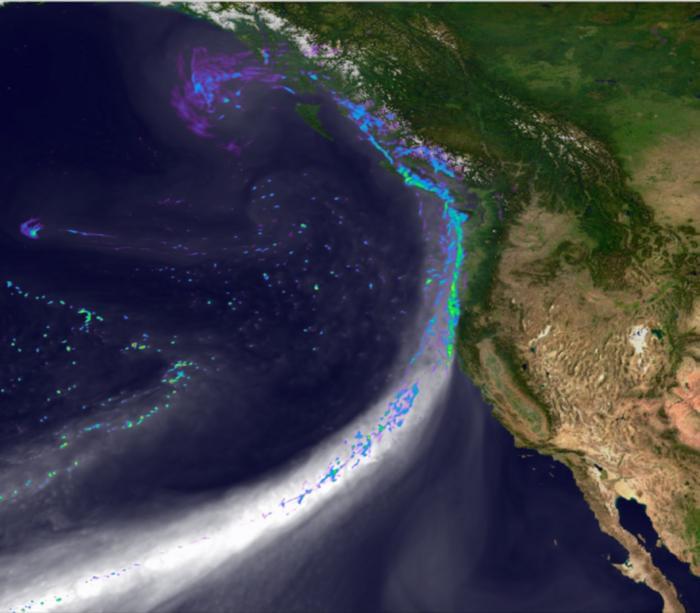Astronomers find object larger than pluto, is this the biggest solar system discovery in decades?
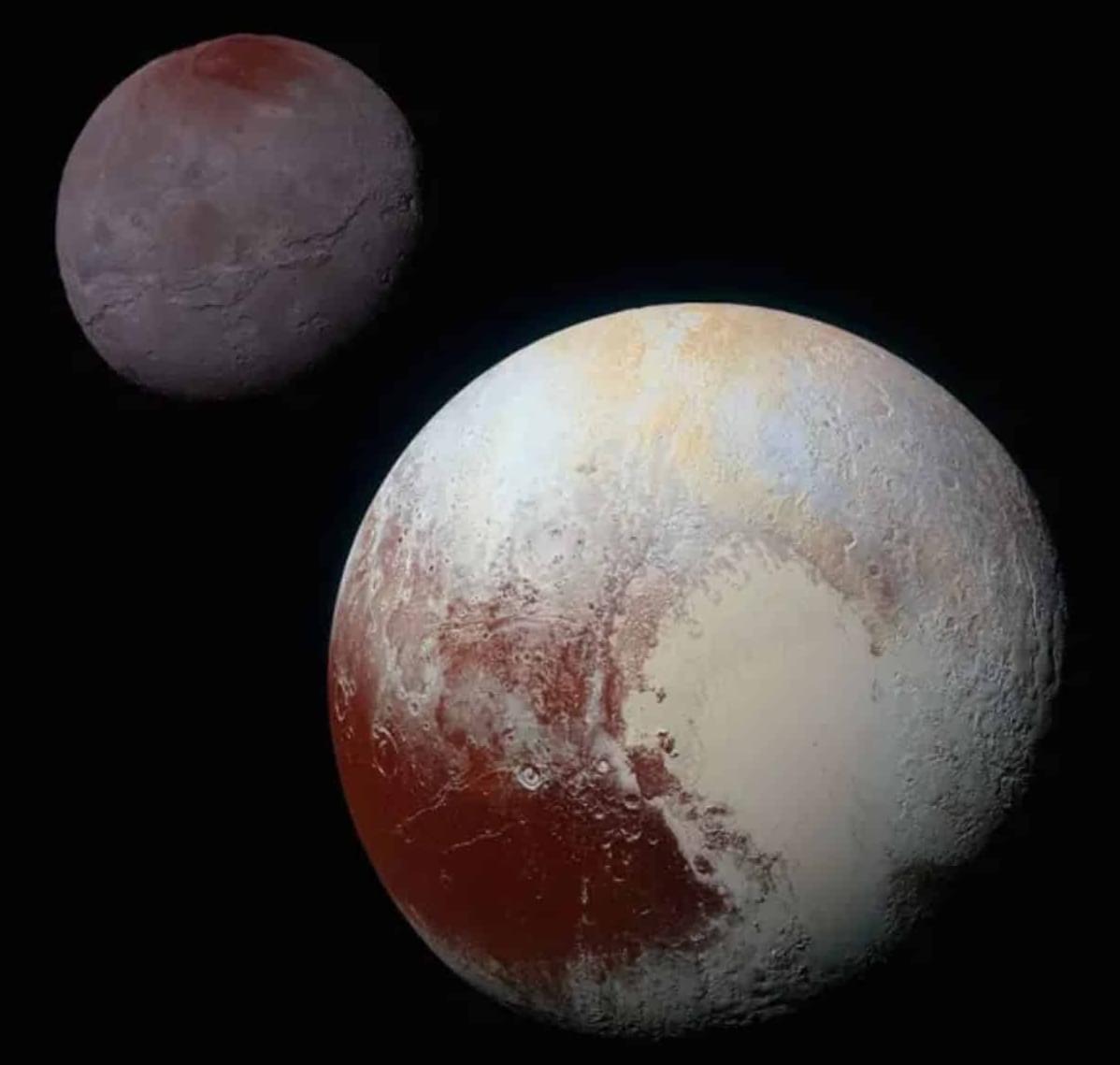

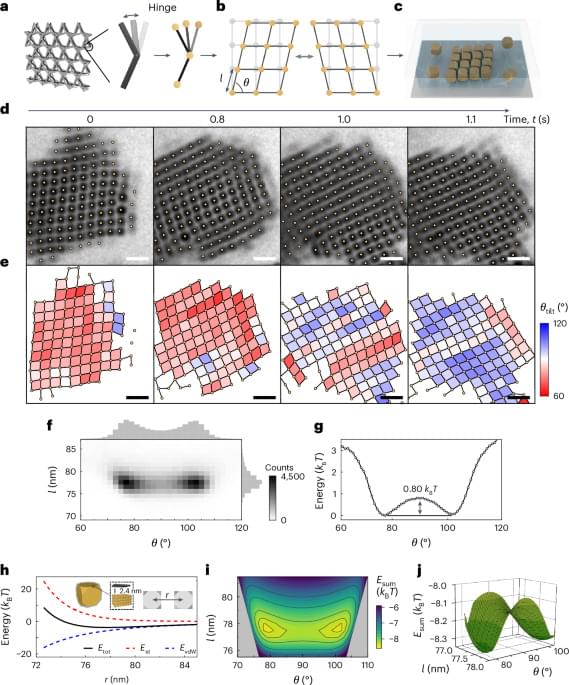
The realization and phonon imaging of nanoscale mechanical metamaterials has remained challenging. Here the authors resolve the phonon dynamics and band structures of five different self-assembled nanoparticle lattices, revealing the role of nanoscale colloidal interactions in modulating the lattice properties.

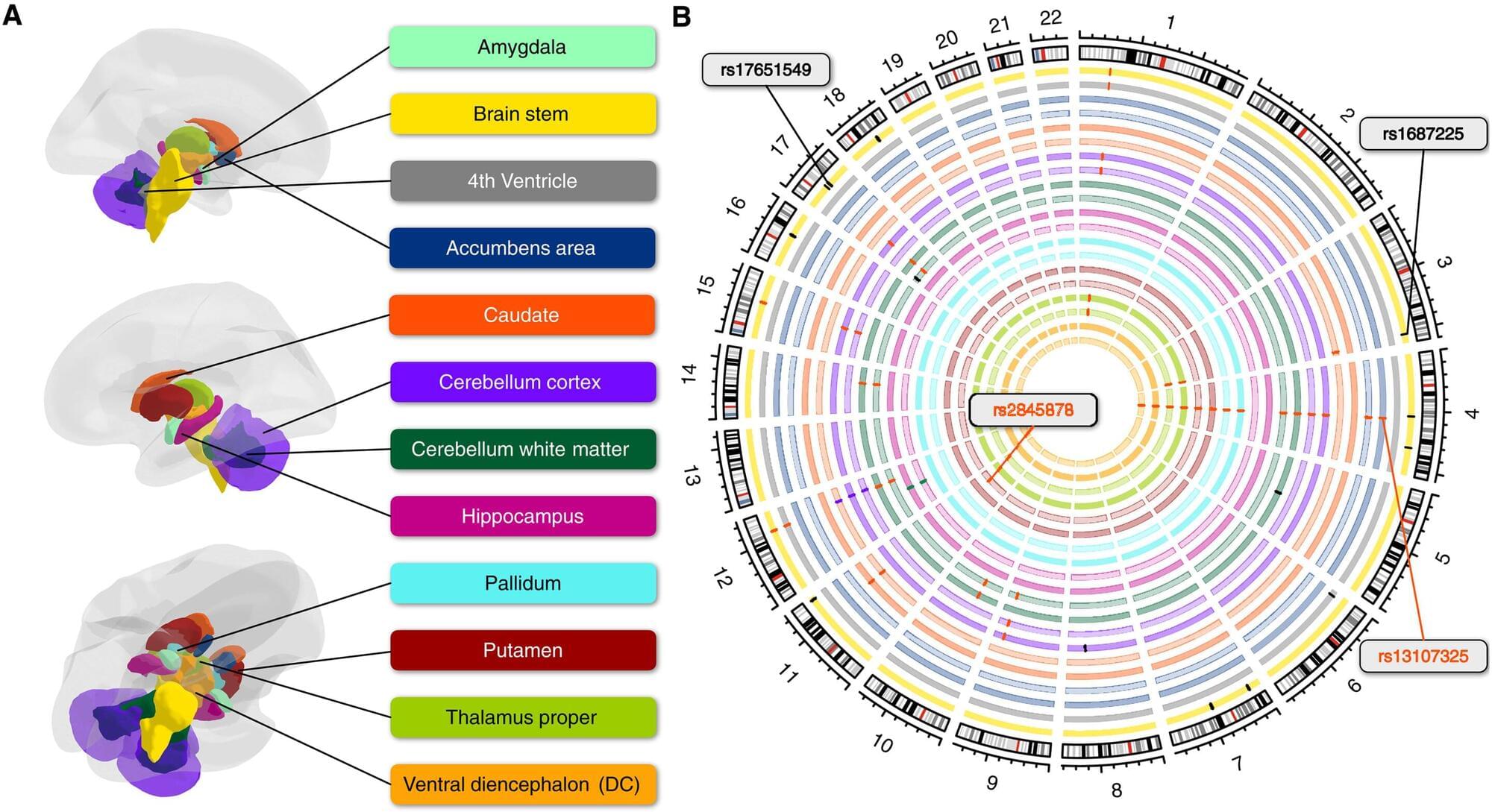
A research team has identified genetic factors that influence the shape of subcortical brain regions—far beyond volume measurements. The results could open up new approaches for the early detection of neurological and mental disorders.
The large-scale study led by Forschungszentrum Jülich, Heinrich Heine University Düsseldorf, and Helmholtz Munich examined the genetic influences on the shape of certain brain regions. The researchers focused on 22 subcortical structures, including the cerebellum. For the analysis, they used data from around 20,000 healthy White-British UK Biobank participants.
The research is published in the journal Science Advances.
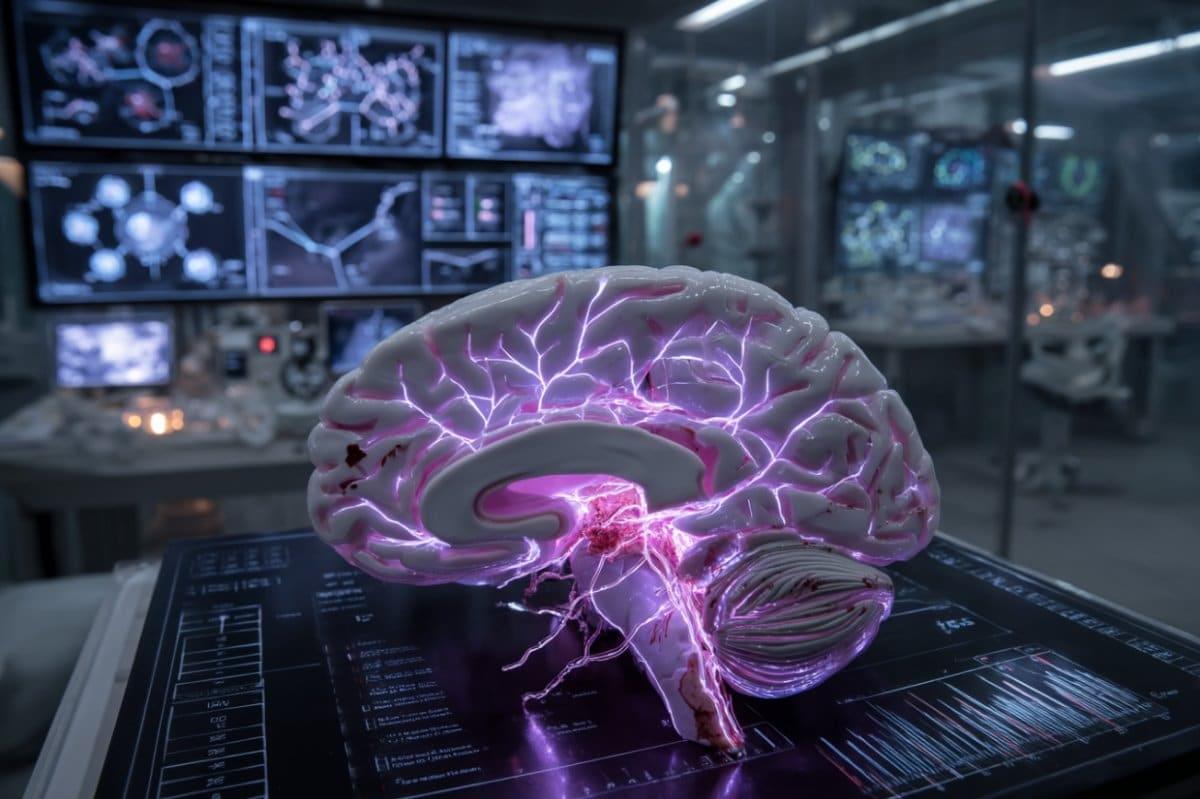
Please consider joining my Substack at https://rupertsheldrake.substack.com.
Does Nature Obey Laws? | Sheldrake-Vernon Dialogue 95.
The conviction that the natural world is obedient, adhering to laws, is a widespread assumption of modern science. But where did this idea originate and what beliefs does it imply? In this episode of the Sheldrake-Vernon Dialogues, Rupert Sheldrake and Mark Vernon discuss the impact on science of the Elizabethan lawyer, Francis Bacon. His New Instrument of Thought, or Novum Organum, put laws at the centre of science and was intended as an upgrade on assumptions developed by Aristotle. But does the existence of mind-like laws of nature, somehow acting on otherwise mindless matter, even make sense? What difference is made by insights subsequent to Baconian philosophy, such as the discovery of evolution or the sense that the natural world is not machine-like but behaves like an organism? Could the laws of nature be more like habits? And what about the existence of miracles, the purposes of organisms, and the extraordinary fecundity of creativity?
—
Dr Rupert Sheldrake, PhD, is a biologist and author best known for his hypothesis of morphic resonance. At Cambridge University, as a Fellow of Clare College, he was Director of Studies in biochemistry and cell biology. As the Rosenheim Research Fellow of the Royal Society, he carried out research on the development of plants and the ageing of cells, and together with Philip Rubery discovered the mechanism of polar auxin transport. In India, he was Principal Plant Physiologist at the International Crops Research Institute for the Semi-Arid Tropics, where he helped develop new cropping systems now widely used by farmers. He is the author of more than 100 papers in peer-reviewed journals and his research contributions have been widely recognized by the academic community, earning him a notable h-index for numerous citations. On ResearchGate his Research Interest Score puts him among the top 4% of scientists.
https://www.sheldrake.org/about-rupert-sheldrake?svd=95
—
Please consider joining my Substack at https://rupertsheldrake.substack.com.
In this talk, Rupert Sheldrake explores panentheism—the idea that the divine is not separate from the world but present throughout it, while also transcending it. With the grip of mechanistic materialism loosening, Rupert invites us to reconsider how we see nature, mind, and spirit. Tracing a broad arc from ancient philosophies and Christian mysticism to AI-generated worldviews, panpsychism, and psychedelics, he reflects on how the sacred presence in nature—-long affirmed by spiritual traditions-—is re-emerging through science, experience, and renewed practices of attention.
This talk was recorded at St James Church, Piccadilly, a longstanding hub for open spiritual inquiry and progressive theology in the heart of London.
Table of Contents.
00:00:00 — What Is Panentheism?
00:00:37 — The Dominant Worldview: Mechanistic Materialism.
00:01:46 — The Decline of Materialism & Rise of Alternatives.
00:02:21 — AI & Worldview Generation: A Symptom of Our Time.
00:03:55 — Return to a Living World: Gaia Hypothesis & Distributed Consciousness.
00:05:01 — God: Immanent vs. Transcendent (with Cultural Examples)
00:07:27 — Historical Tour: European Intellectual History.
00:07:42 — Pre-Christian & Ancient Greek Animism (Aristotle’s Souls)
00:09:51 — Medieval Period: Christianization of Greek Thought (Aquinas)
00:11:20 — Early British/Celtic Nature Mysticism.
00:12:51 — The Protestant Reformation: De-sacralizing Nature.
00:16:00 — The Scientific Revolution & Cartesian Dualism (Nature as Machine)
00:18:05 — From Deism to Atheism.
00:20:59 — The “Hard Problem” of Consciousness for Materialism.
00:23:28 — Panpsychism: Consciousness as Fundamental (Even in Stars)
00:26:26 — Pantheism (Spinoza) and Idealism (Kastrup) as Alternatives.
00:28:55 — Revival of Mystical Sense: Meditation.
00:31:00 — Psychedelics and Experiences of Greater Consciousness.
00:33:16 — The Experiential Roots of Religion (David Bentley Hart)
00:35:23 — Models of Ultimate Reality: Hindu Perspectives.
00:37:35 — Models of Ultimate Reality: The Christian Trinity & Speech Metaphor.
00:41:15 — Nature Reflecting Trinitarian Principles.
00:43:15 — The Cosmic Christ & Universe as Incarnation (Bede Griffiths)
00:44:57 — Aquinas: Nature Striving for Divine Perfection.
00:46:50 — Reconciling Immanence & Transcendence in an Evolving, Creative Universe.
00:48:17 — Spiritual Practices for Experiencing Panentheism (Singing, Festivals, Nature Connection)
00:53:46 — End of Lecture / Start of Q&A
By joining Rupert’s Substack, you’ll receive articles, ad-free episodes, early access to videos, and exclusive content:
👉 https://rupertsheldrake.substack.com.
#Panentheism.

Children on the autism spectrum, often at odds with their own emotions, may find help in an unlikely place: their own inner voice. A team from the University of Pittsburgh and collaborators tested a novel intervention designed to train autistic children in developing internal speech—and the results suggest it may reduce emotional dysregulation.
Emotional outbursts and difficulty with self-control can disrupt the lives of many autistic children and their families. Traditional therapies rarely focus on the language children use with themselves, the internal dialogue that helps regulate emotion and behavior in neurotypical development.
Prior research has shown inner speech supports problem-solving and self-regulation, yet many autistic individuals seem to lack this internal toolset.
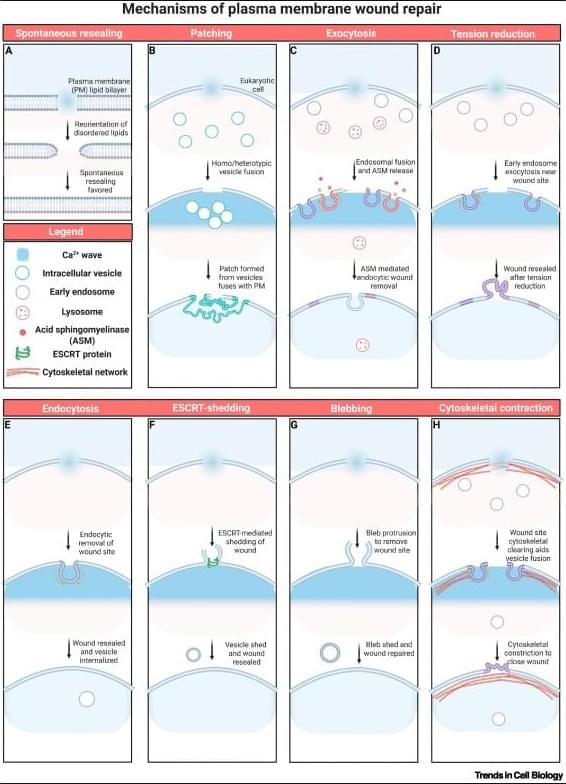
The plasma membrane (PM) of eukaryotic cells is constantly exposed to many challenges that can cause wounds that necessitate rapid and efficient repair mechanisms to ensure cell survival. PM wound repair not only encompasses the immediate resealing of the membrane barrier, which involves exocytosis of internal vesicles to deliver membrane, but also subsequent processes that are essential to restore cellular homeostasis. These include restoration of membrane and cortical cytoskeleton structures, as well as replenishment of intracellular organelles consumed during resealing. Recent evidence suggests that the different steps in PM repair, resealing, restructuring, and restoration, are spatiotemporally correlated and regulated by membrane tension. Recent advances in understanding the different phases of PM repair are reviewed and a time-dependent classification of repair mechanisms is proposed.
